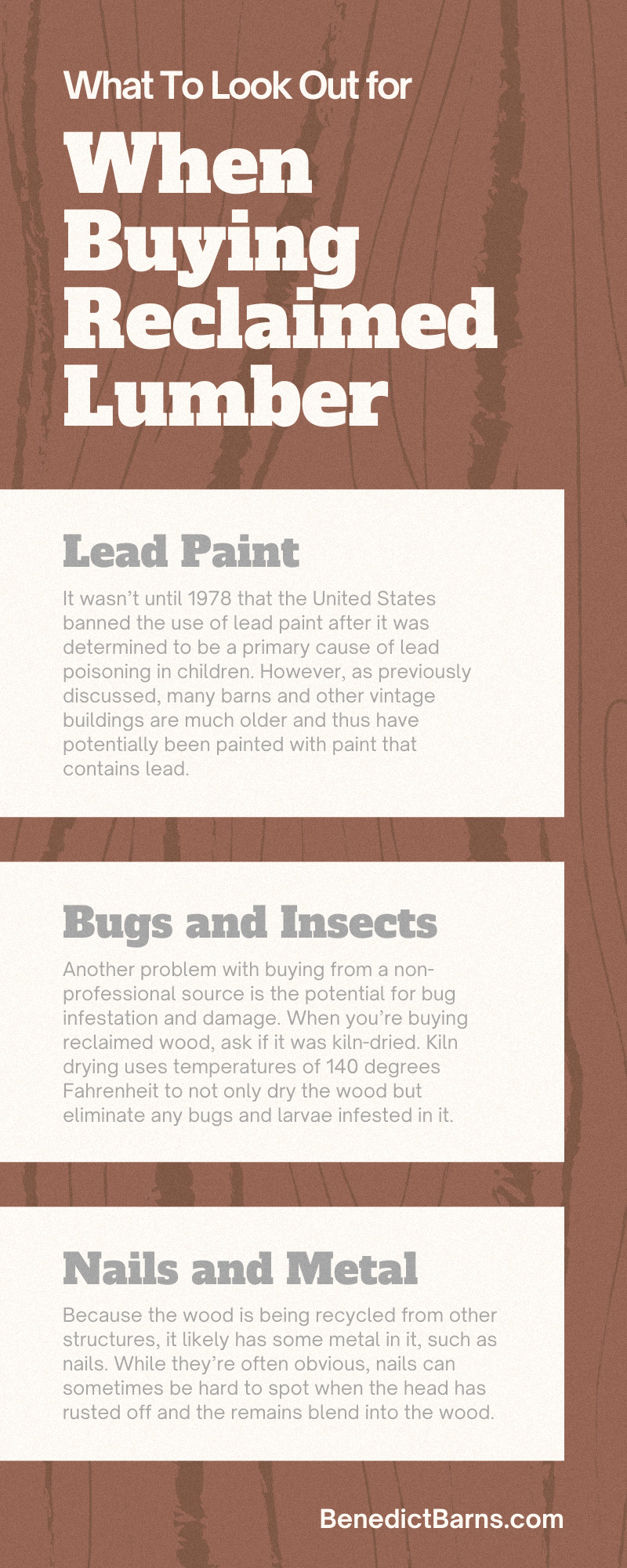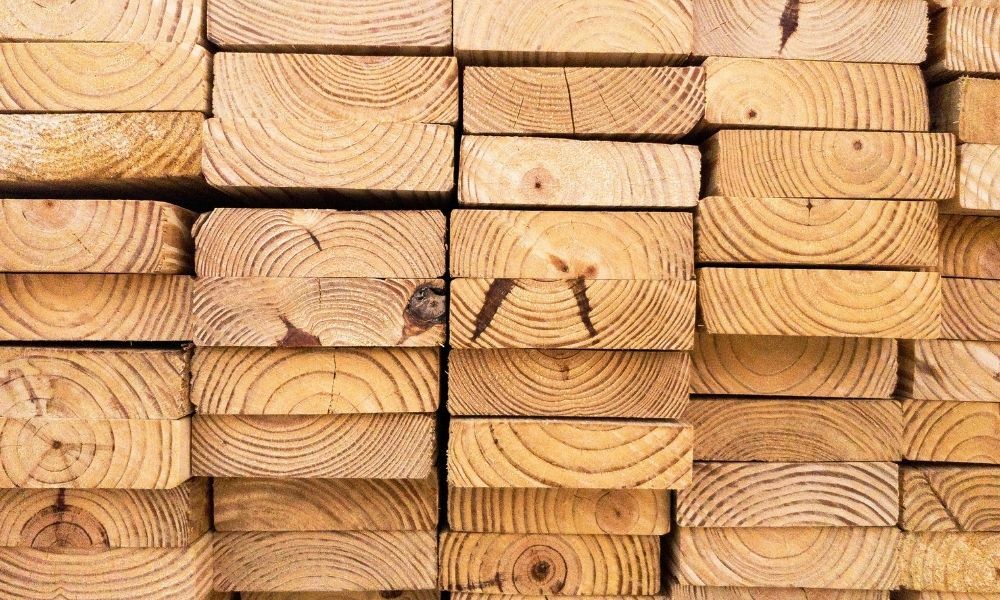Barn wood offers that unique, weathered look that has recently come back into fashion and isn’t replicated by any other type of wood. It not only looks nice but can be used in a wide variety of applications such as furniture, architecture, and home décor to add a rustic feeling to your home. If you’re interested in getting your hands on barn wood, then here’s what to look out for when buying reclaimed lumber to ensure you’re getting exactly what you want.
Understand What Reclaimed Lumber Is
Before you start your search for reclaimed antique lumber, you need to know the difference between reclaimed wood and salvaged wood. These terms are often used interchangeably—but being able to tell the difference will ensure you’re buying the kind of wood you actually want.Salvaged wood is defined as wood, lumber, and logs that are old but unused. This typically encompasses boards and beams that have been stored away and never got used. For example, during and after the Great Depression, many farmers began to store away excess beams and boards—having adopted the attitude of keeping anything that may be deemed useful in the future—and, as such, accumulated collections that went unused. Another example of salvaged wood includes logs recovered from the bottom of riverbeds. Before trains and trucks, loggers would transport logs by floating them down waterways. Not every log would make it to its destination. Instead, they would sink and rest at the bottom of rivers, protected by the water from decay. After sitting in these rivers for decades, companies started to salvage and mill them.
Reclaimed wood, on the other hand, is wood that has been used and recovered to be repurposed. As the name of barn wood suggests, much of this reclaimed wood comes from barns, but reclaimed wood can come from many other sources. These can include old homes, schools, churches, factories, and more. Such varied sources allow for various vintage styles unique to those time periods. Think of such reclaimed lumber as a fine wine: age is key to their style and is part of what makes them so valuable.
Old Growth and New Growth Differences
You’d be surprised the difference that a tree’s age can make before it’s been harvested and milled into boards and beams. Age factors into the structure of the wood and its aesthetic appearance. There’s old-growth wood and new-growth.When you purchase reclaimed wood, it’s most likely decades old. When barns are made using reclaimed wood, the wood used could be 50-100 years old. Before that, the tree the wood was harvested from was perhaps 100 years old or more. Keep in mind that the United States is relatively young for a country, so much of the barn wood you see today was harvested from “virgin forests.” Such wood looks much different from wood that you might see in hardware stores, which simply increases its value.
New-growth wood, on the other hand, is simply trees harvested at younger ages. Logging companies will replant the trees they cut down so that forests will be replenished and create more lumber to be harvested. Obviously, they can’t wait centuries to harvest these trees, so the re-planted trees are cut down at a much younger age. Logging companies will take extra steps to speed up the growth of re-planted trees. They’ll use man-made fertilizers or overpopulate a forest with pine trees because they grow so quickly in comparison to other breeds.
A good way to tell the difference between old-growth and new-growth trees is by the end grain of the reclaimed lumber. Old wood will have rings that are much tighter and closer together than less mature wood. The tighter rings make it look unique and also give it the structural advantage of being stronger and much less likely to crack or split.
Factors To Consider and Avoid
Now that you can identify reclaimed lumber, you need to next learn what to look out for when buying reclaimed lumber.Lead Paint
It wasn’t until 1978 that the United States banned the use of lead paint after it was determined to be a primary cause of lead poisoning in children. However, as previously discussed, many barns and other vintage buildings are much older and thus have potentially been painted with paint that contains lead. The biggest danger of lead paint is when it starts to break down. So, it’s best to approach reclaimed lumber with a respirator if you’re not buying from a professional source like Benedict Antique Lumber and Stone.Bugs and Insects
Another problem with buying from a non-professional source is the potential for bug infestation and damage. When you’re buying reclaimed wood, ask if it was kiln-dried. Kiln drying uses temperatures of 140 degrees Fahrenheit to not only dry the wood but eliminate any bugs and larvae infested in it. Even if the wood hasn’t been kiln-dried, and you don’t see any obvious signs of infestation, it’s a good idea to treat it with insect killer before bringing it into your house.Nails and Metal
Because the wood is being recycled from other structures, it likely has some metal in it, such as nails. While they’re often obvious, nails can sometimes be hard to spot when the head has rusted off and the remains blend into the wood. Carefully inspect the reclaimed lumber to ensure nothing sharp is present within the wood. This is best done with a metal detector, but if you don’t have access to one, a large magnet can be just as useful. Checking for nails can prevent injuries or potential problems.What You Need for Milling
If you end up purchasing reclaimed lumber that hasn’t been milled, you’ll need to do it yourself. Milling refers to the process of shaping the lumber into straight boards. This is accomplished by repeatedly running the edge of your boards over a jointer bed with blades. After you’ve created a straight line, the boards can be run through a table saw and cut to the desired width. Control the thickness of the boards by running them repeatedly through a thickness planter until you reach the thickness you want.

